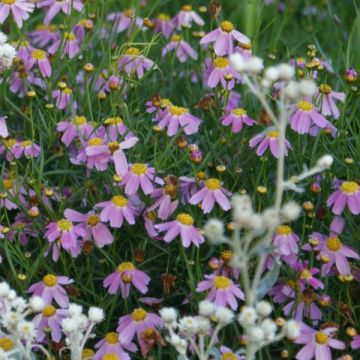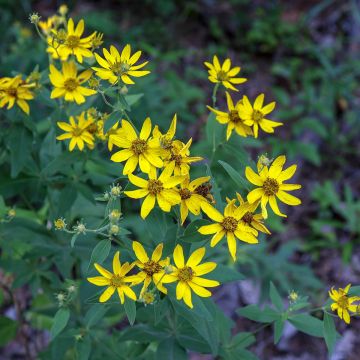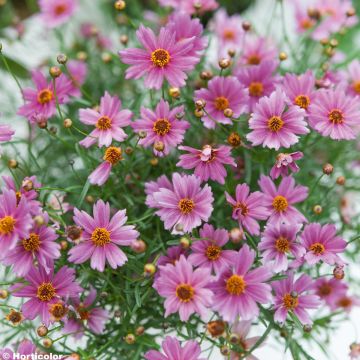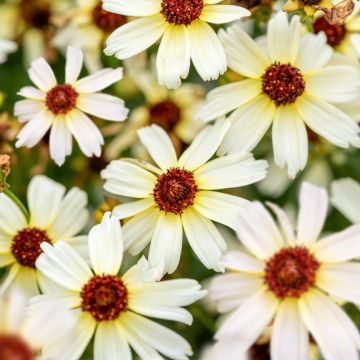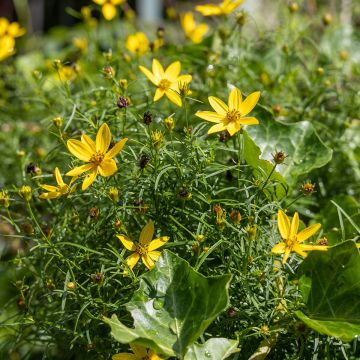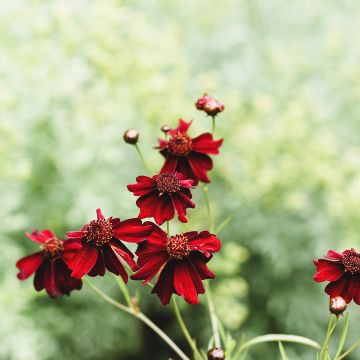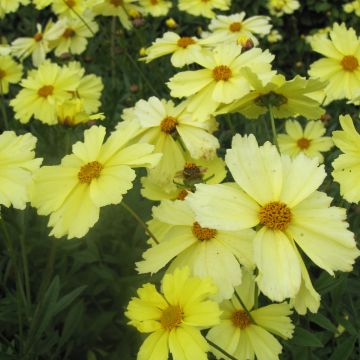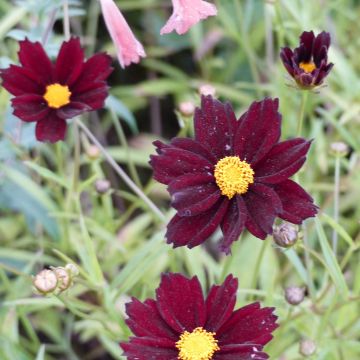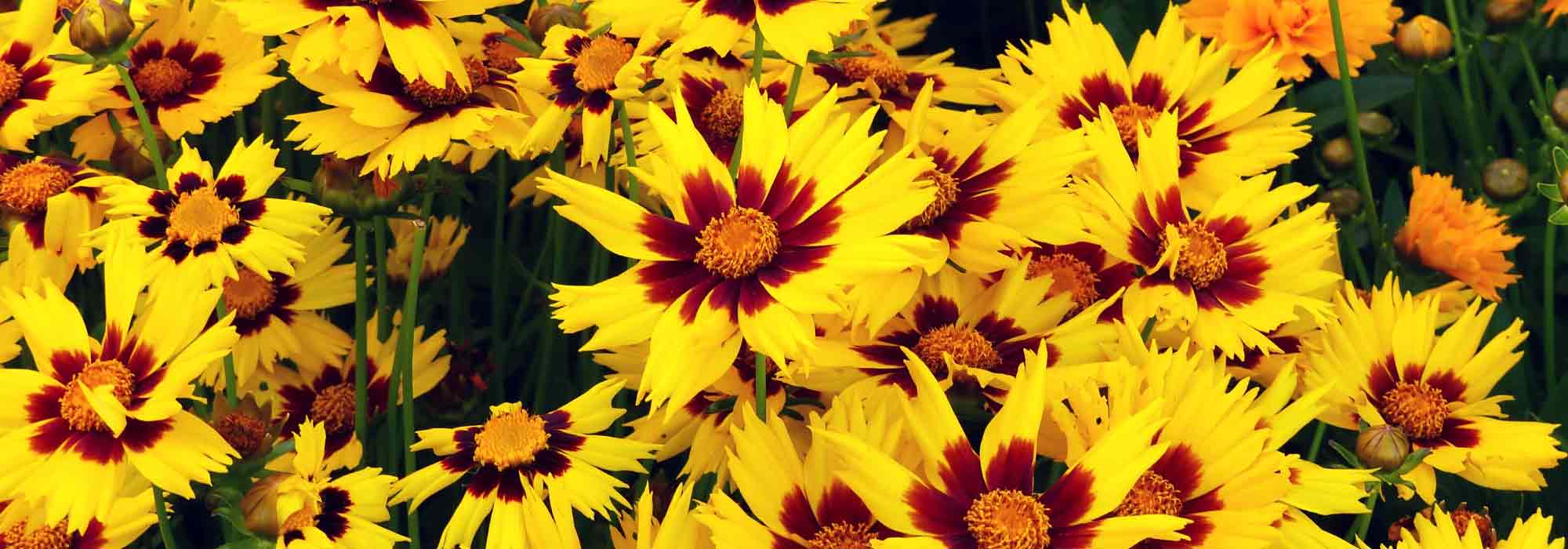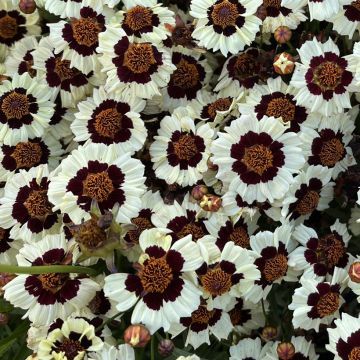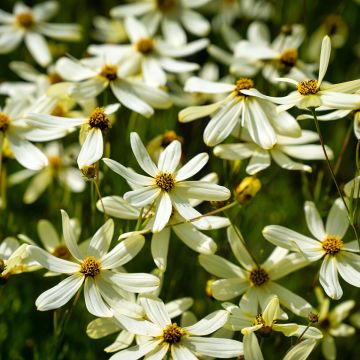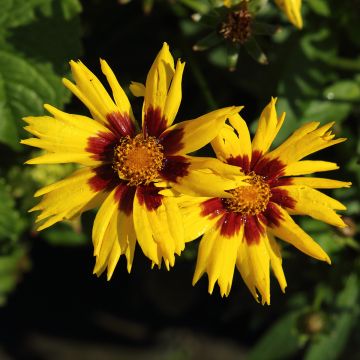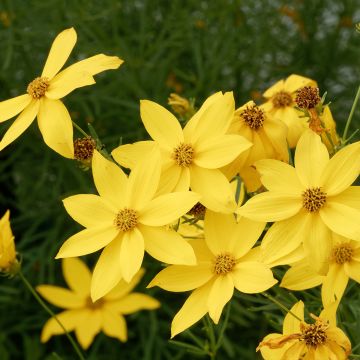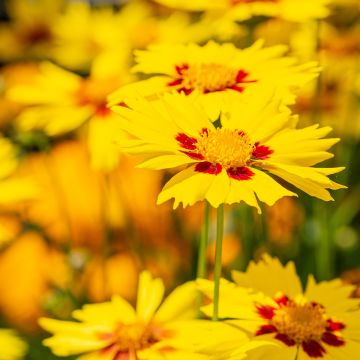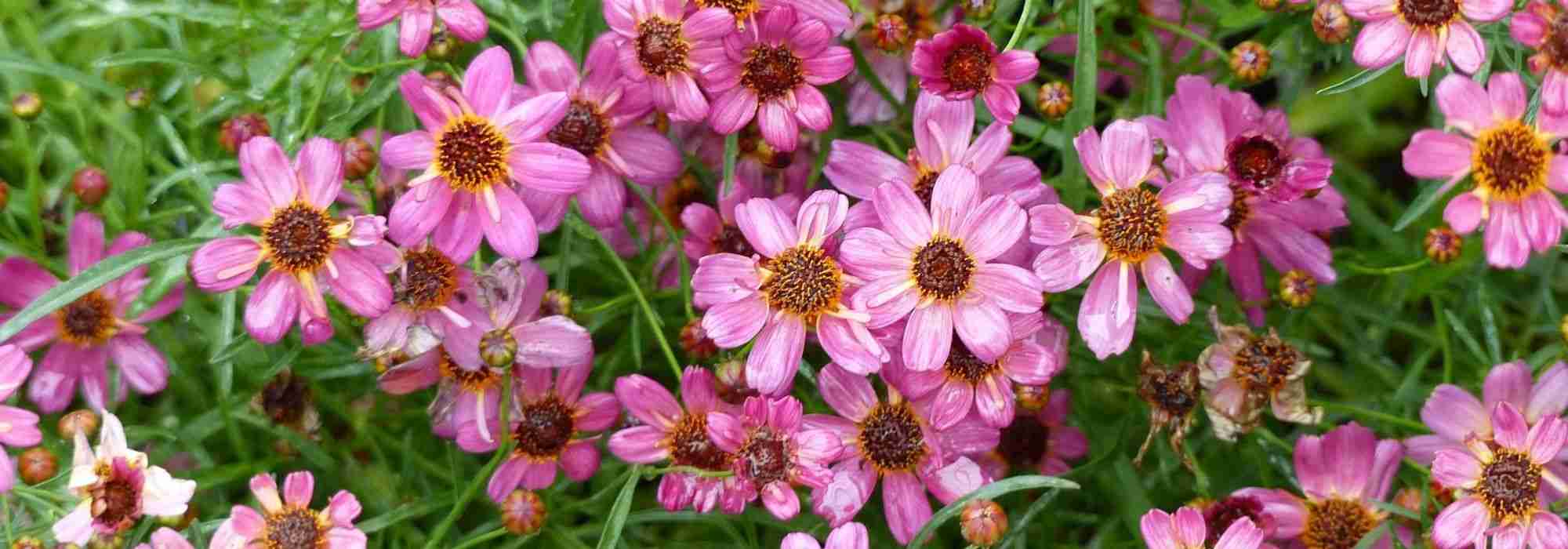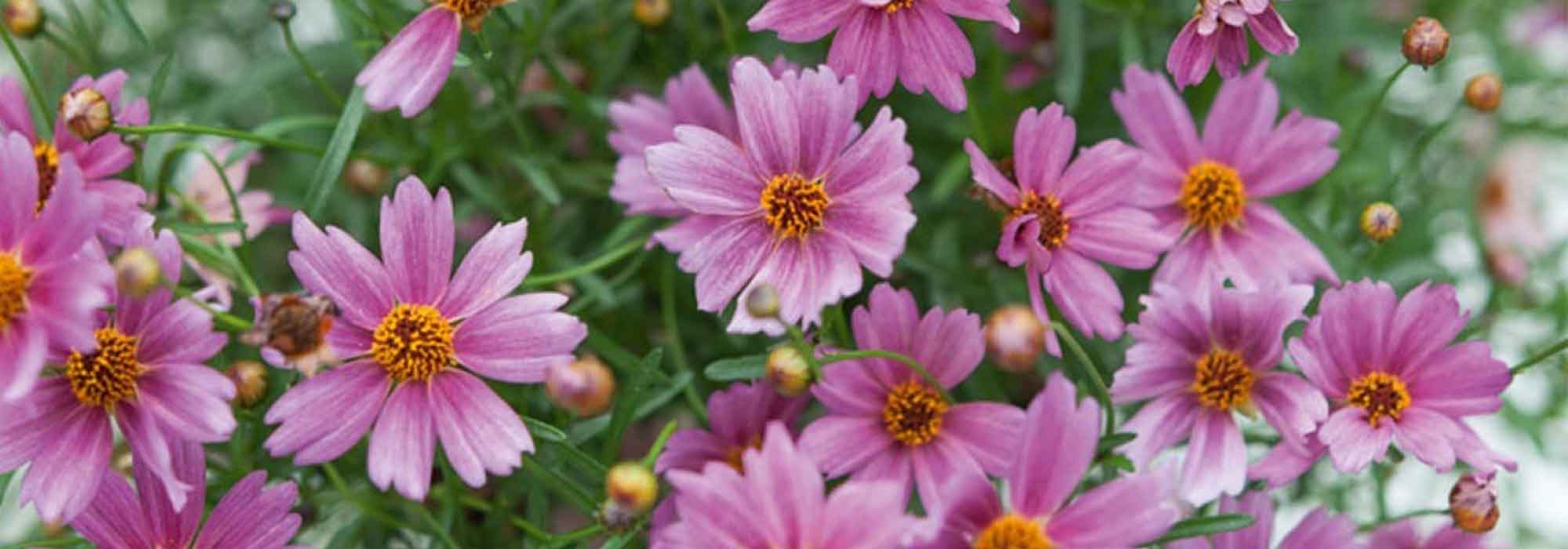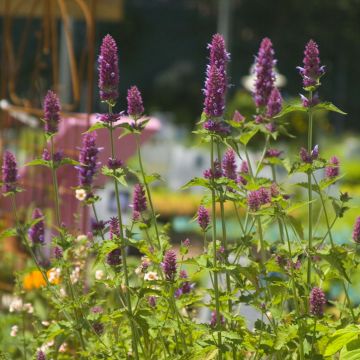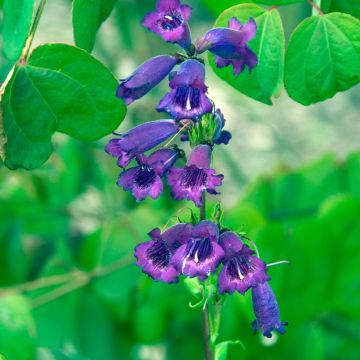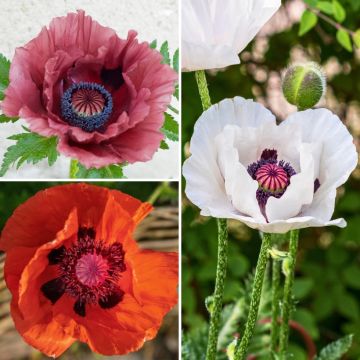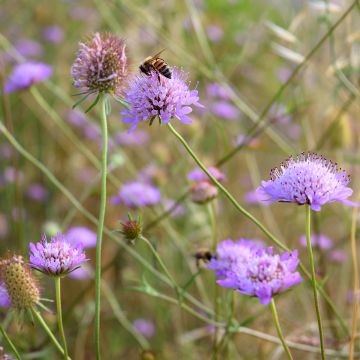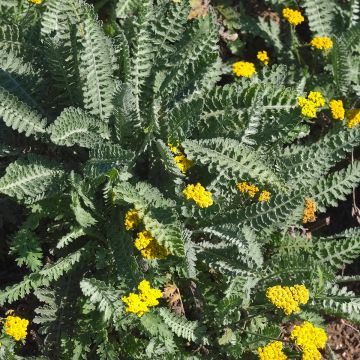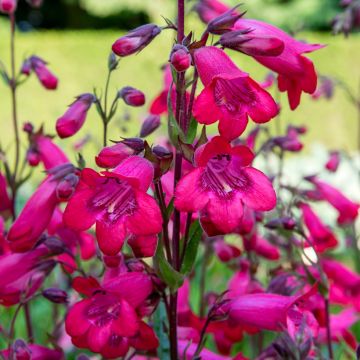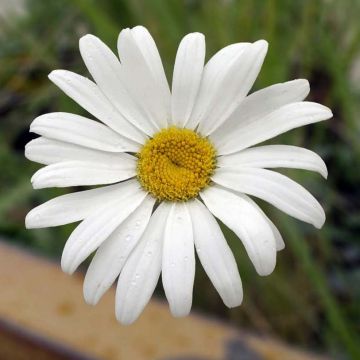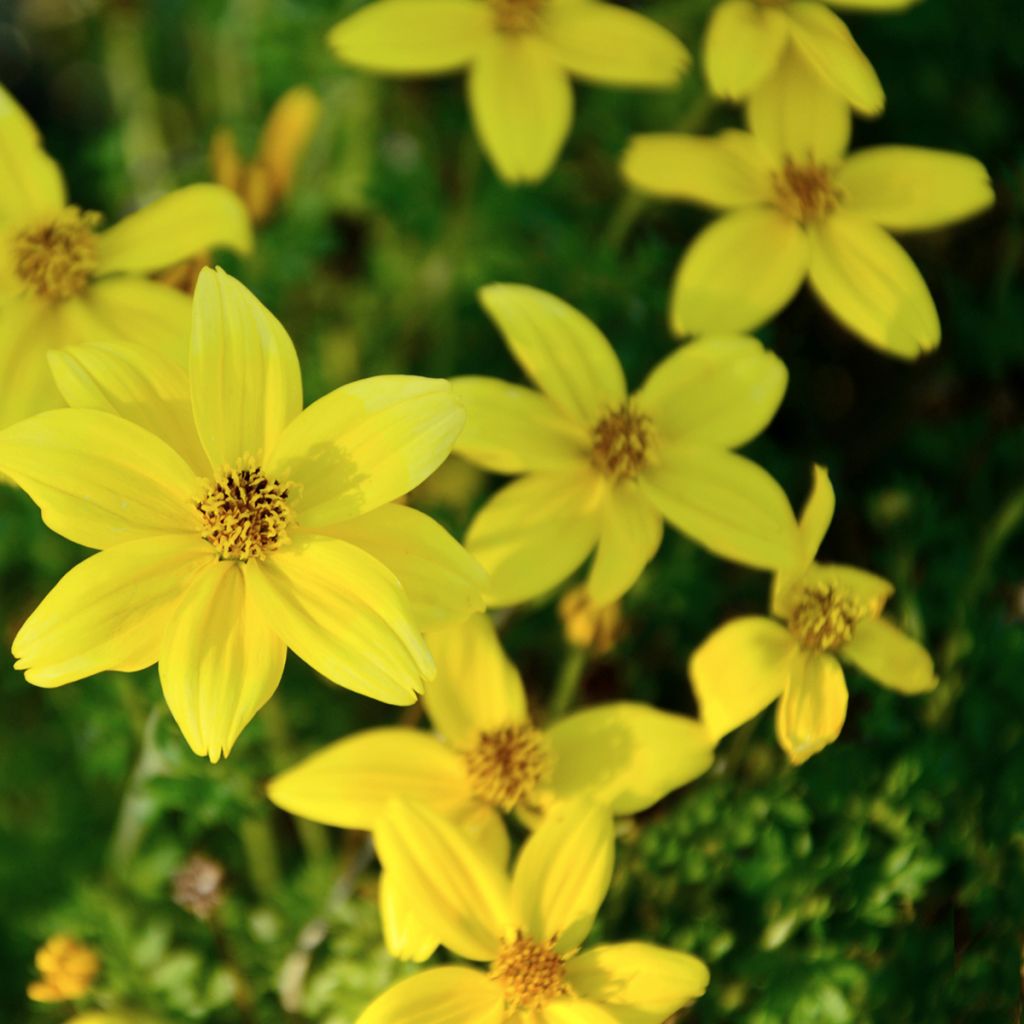

Coreopsis Citrine
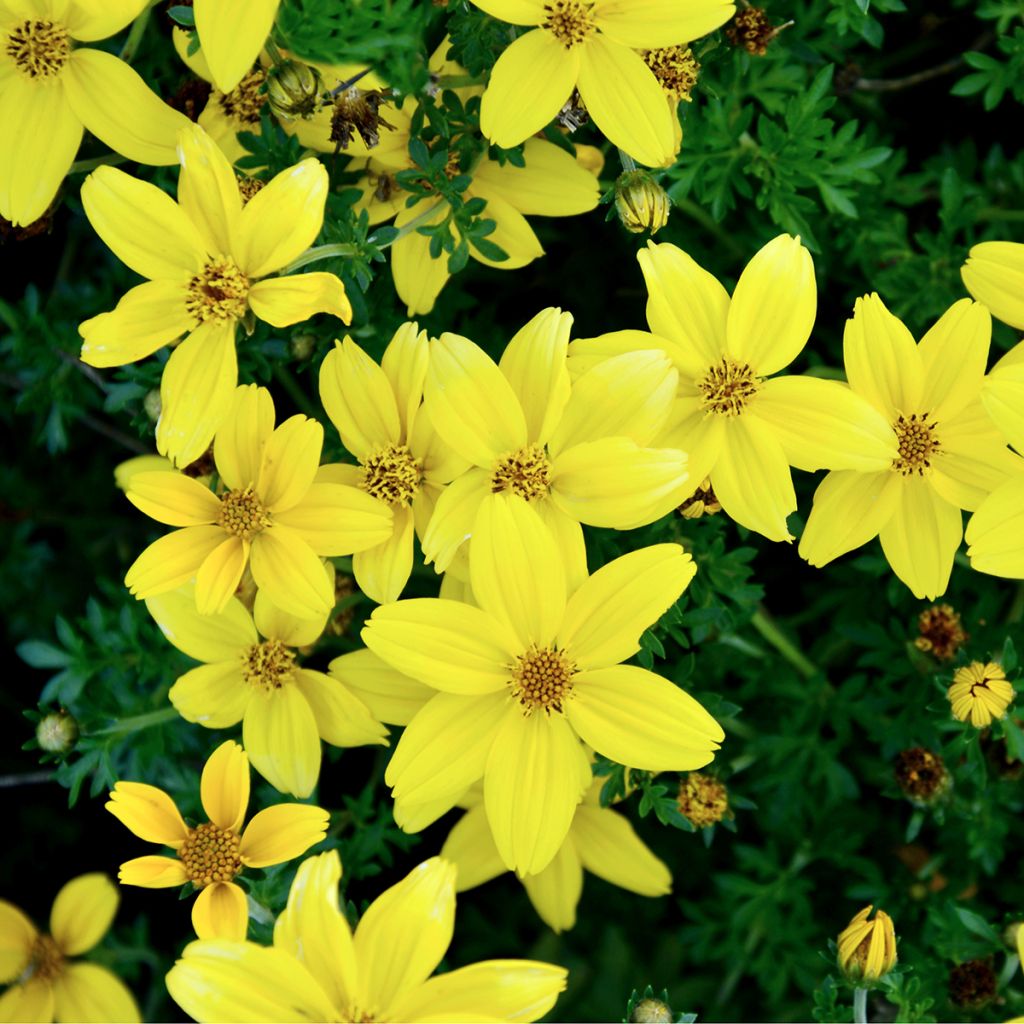

Coreopsis Citrine
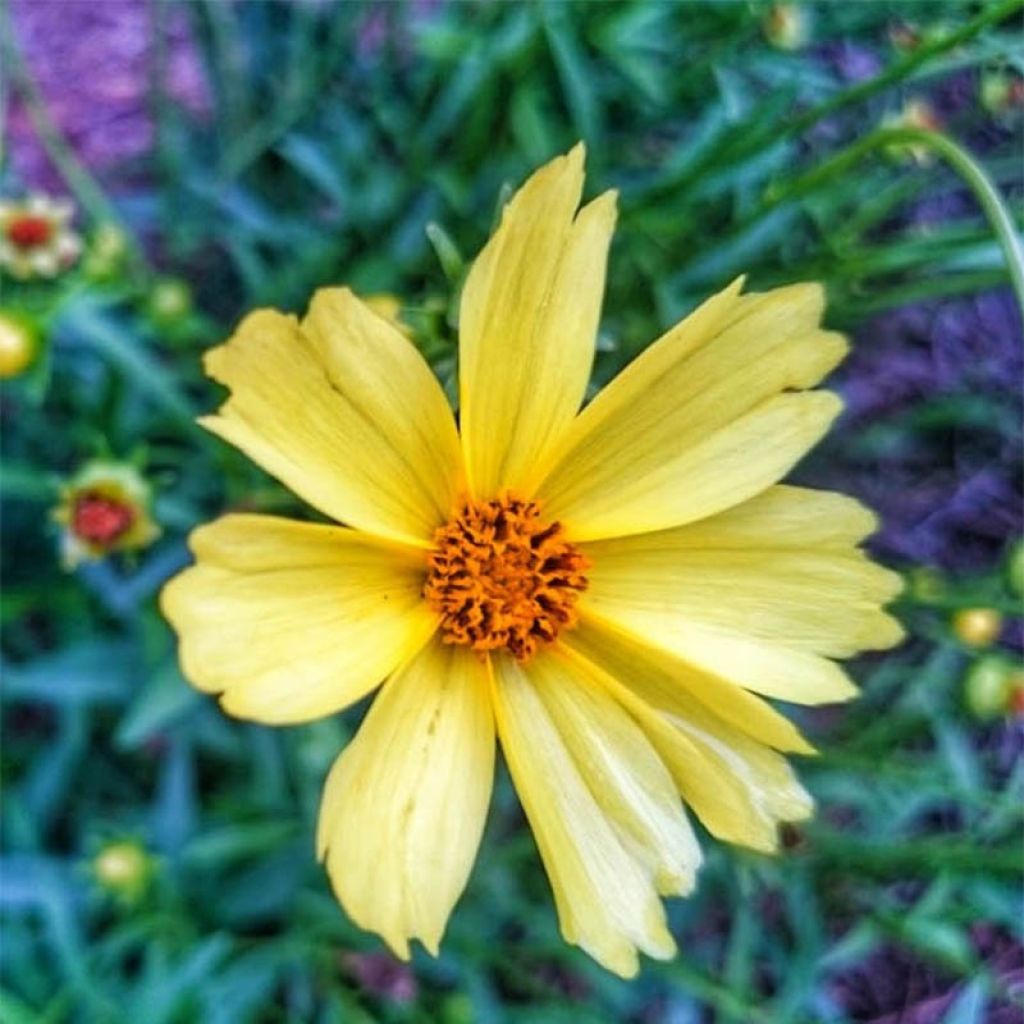

Coreopsis Citrine
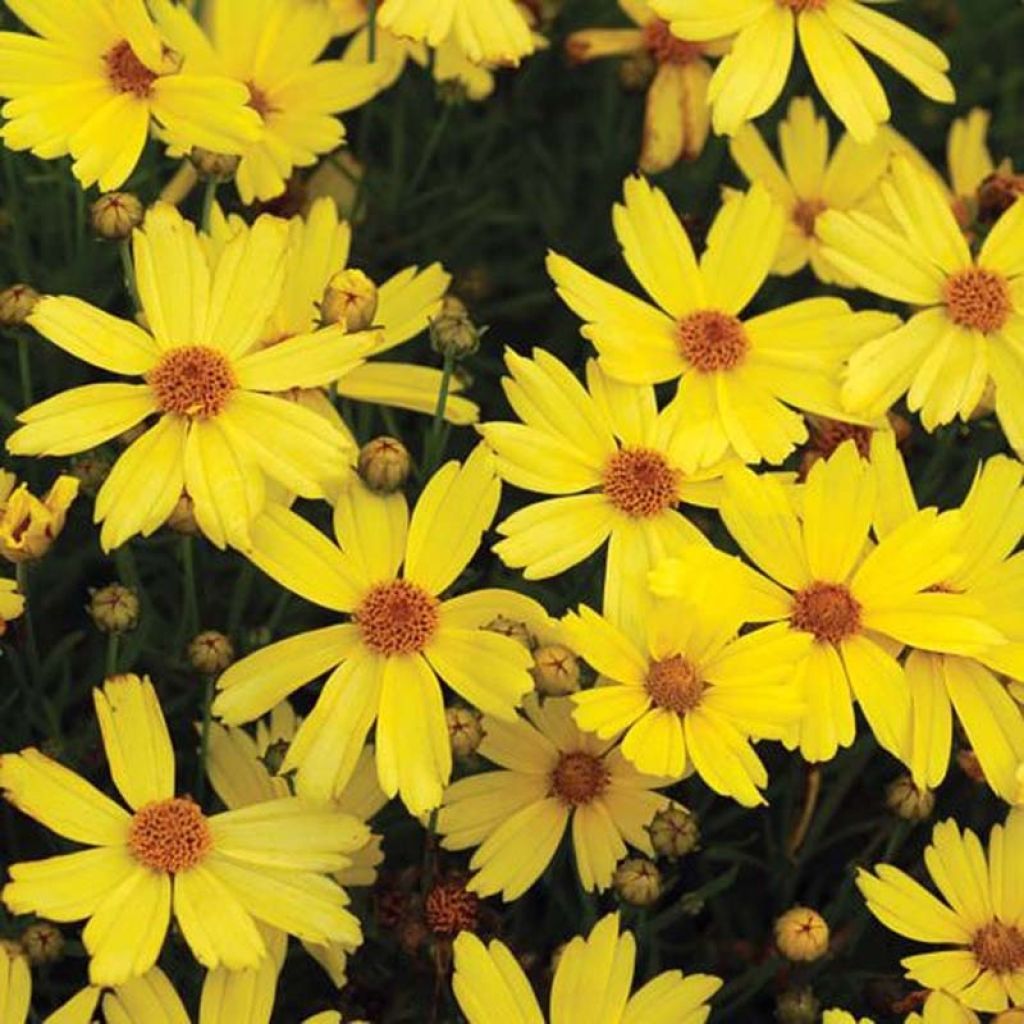

Coreopsis Citrine
Coreopsis Citrine
Coreopsis Citrine
Tickseed
Planted last autumn. All have died (6). Their stumps hadn't even taken root.
Michelle, 03/05/2021
Special offer!
Receive a €20 voucher for any order over €90 (excluding delivery costs, credit notes, and plastic-free options)!
1- Add your favorite plants to your cart.
2- Once you have reached €90, confirm your order (you can even choose the delivery date!).
3- As soon as your order is shipped, you will receive an email containing your voucher code, valid for 3 months (90 days).
Your voucher is unique and can only be used once, for any order with a minimum value of €20, excluding delivery costs.
Can be combined with other current offers, non-divisible and non-refundable.
Why not try an alternative variety in stock?
View all →This plant carries a 12 months recovery warranty
More information
We guarantee the quality of our plants for a full growing cycle, and will replace at our expense any plant that fails to recover under normal climatic and planting conditions.
Does this plant fit my garden?
Set up your Plantfit profile →
Description
The Coreopsis 'Citrine' is a floriferous and hardy perennial that will delight you all summer with its small, bright yellow suns with a tawny heart. With its fine dark green foliage, undemanding and hardy, it will brighten up your sunny rockeries, even scorching ones, in any light and well-drained soil. It only requires a little deadheading to be at its best and also performs excellently in pots.
The 'Citrine' coreopsis belongs to the large family of Asteraceae (also known as Composites), and is part of a genus that is widely used in gardens: it includes both large species (Coreopsis grandiflora) and very small rock plants. These species are mostly native to bright clearings and meadows in North America, where they thrive in relatively poor but well-drained soils. They all produce delightful "sunflower" flowers, mostly in shades of golden yellow, but more recently also pale yellow, pink and red. The small species with narrow leaves have given rise to many hybrids that are not always very reliable: they fade after a few years or are sensitive to cold.
The 'Citrine' coreopsis is part of the Hardy Jewels hybrid series, which is known for producing long-lasting plants that are not very sensitive to severe cold. From June to October, it produces a mass of bright yellow flowers on a dense and compact shrub that will not exceed 20 cm (8in) in height and 50 cm (20in) in diameter. It slowly spreads through short rhizomes just below the soil surface.
Resistant and hardy, 'Citrine' will grow in full sun in any soil that is slightly acidic to slightly alkaline, as long as it has good drainage: in heavy, waterlogged soils in winter, its lifespan will be greatly reduced. It tolerates summer drought once established. To achieve long and regular flowering, remember to remove faded flowers from time to time: this will stimulate the production of new flower buds, until autumn if the weather permits. In overly rich soil, the plant may also become a bit floppy: in that case, trim the shrub in July to encourage branching and the formation of new flowers closer to the ground. Due to its compact size and undemanding nature, the 'Citrine' coreopsis is also an excellent variety for container gardening.
You can plant it in your rockeries, alongside small perennials that appreciate the same conditions, such as Alpine savory Acinos alpinus, Bertram Anderson lemon thyme, mountain alyssum, or graceful grasses like Festuca mairei.
Coreopsis Citrine in pictures
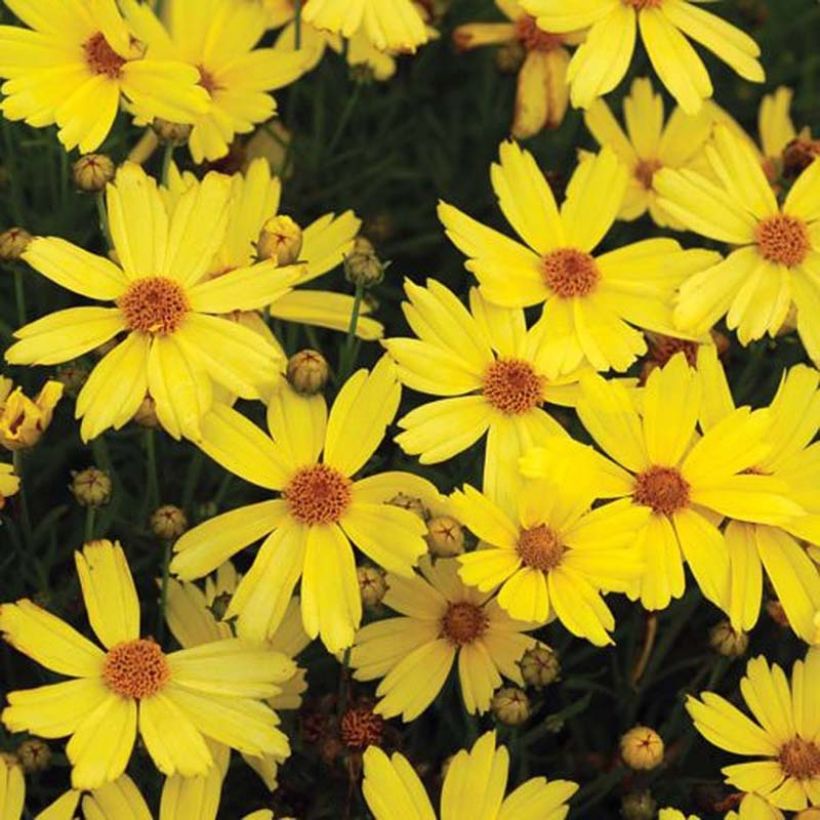

Flowering
Foliage
Plant habit
Botanical data
Coreopsis
Citrine
Asteraceae
Tickseed
Cultivar or hybrid
Other Coreopsis - Tickseed
View all →Planting and care
When growing perennial coreopsis, remember that they don't like winter moisture and heavy soils. These plants need full sun exposure, even if it's scorching, to bloom well. They prefer a light, porous, and well-drained sandy or gravelly soil, which can be slightly acidic, neutral, or somewhat chalky, even if it is poor. They can also thrive in humus-rich and fresh soil if the drainage is perfect. In such conditions, they can flower and live for a long time. Removing faded flowers can help promote reblooming, especially towards the end of August.
Planting period
Intended location
Care
Planting & care advice
-
, onOrder confirmed
Reply from on Promesse de fleurs
Similar products
Haven't found what you were looking for?
Hardiness is the lowest winter temperature a plant can endure without suffering serious damage or even dying. However, hardiness is affected by location (a sheltered area, such as a patio), protection (winter cover) and soil type (hardiness is improved by well-drained soil).

Photo Sharing Terms & Conditions
In order to encourage gardeners to interact and share their experiences, Promesse de fleurs offers various media enabling content to be uploaded onto its Site - in particular via the ‘Photo sharing’ module.
The User agrees to refrain from:
- Posting any content that is illegal, prejudicial, insulting, racist, inciteful to hatred, revisionist, contrary to public decency, that infringes on privacy or on the privacy rights of third parties, in particular the publicity rights of persons and goods, intellectual property rights, or the right to privacy.
- Submitting content on behalf of a third party;
- Impersonate the identity of a third party and/or publish any personal information about a third party;
In general, the User undertakes to refrain from any unethical behaviour.
All Content (in particular text, comments, files, images, photos, videos, creative works, etc.), which may be subject to property or intellectual property rights, image or other private rights, shall remain the property of the User, subject to the limited rights granted by the terms of the licence granted by Promesse de fleurs as stated below. Users are at liberty to publish or not to publish such Content on the Site, notably via the ‘Photo Sharing’ facility, and accept that this Content shall be made public and freely accessible, notably on the Internet.
Users further acknowledge, undertake to have ,and guarantee that they hold all necessary rights and permissions to publish such material on the Site, in particular with regard to the legislation in force pertaining to any privacy, property, intellectual property, image, or contractual rights, or rights of any other nature. By publishing such Content on the Site, Users acknowledge accepting full liability as publishers of the Content within the meaning of the law, and grant Promesse de fleurs, free of charge, an inclusive, worldwide licence for the said Content for the entire duration of its publication, including all reproduction, representation, up/downloading, displaying, performing, transmission, and storage rights.
Users also grant permission for their name to be linked to the Content and accept that this link may not always be made available.
By engaging in posting material, Users consent to their Content becoming automatically accessible on the Internet, in particular on other sites and/or blogs and/or web pages of the Promesse de fleurs site, including in particular social pages and the Promesse de fleurs catalogue.
Users may secure the removal of entrusted content free of charge by issuing a simple request via our contact form.
The flowering period indicated on our website applies to countries and regions located in USDA zone 8 (France, the United Kingdom, Ireland, the Netherlands, etc.)
It will vary according to where you live:
- In zones 9 to 10 (Italy, Spain, Greece, etc.), flowering will occur about 2 to 4 weeks earlier.
- In zones 6 to 7 (Germany, Poland, Slovenia, and lower mountainous regions), flowering will be delayed by 2 to 3 weeks.
- In zone 5 (Central Europe, Scandinavia), blooming will be delayed by 3 to 5 weeks.
In temperate climates, pruning of spring-flowering shrubs (forsythia, spireas, etc.) should be done just after flowering.
Pruning of summer-flowering shrubs (Indian Lilac, Perovskia, etc.) can be done in winter or spring.
In cold regions as well as with frost-sensitive plants, avoid pruning too early when severe frosts may still occur.
The planting period indicated on our website applies to countries and regions located in USDA zone 8 (France, United Kingdom, Ireland, Netherlands).
It will vary according to where you live:
- In Mediterranean zones (Marseille, Madrid, Milan, etc.), autumn and winter are the best planting periods.
- In continental zones (Strasbourg, Munich, Vienna, etc.), delay planting by 2 to 3 weeks in spring and bring it forward by 2 to 4 weeks in autumn.
- In mountainous regions (the Alps, Pyrenees, Carpathians, etc.), it is best to plant in late spring (May-June) or late summer (August-September).
The harvesting period indicated on our website applies to countries and regions in USDA zone 8 (France, England, Ireland, the Netherlands).
In colder areas (Scandinavia, Poland, Austria...) fruit and vegetable harvests are likely to be delayed by 3-4 weeks.
In warmer areas (Italy, Spain, Greece, etc.), harvesting will probably take place earlier, depending on weather conditions.
The sowing periods indicated on our website apply to countries and regions within USDA Zone 8 (France, UK, Ireland, Netherlands).
In colder areas (Scandinavia, Poland, Austria...), delay any outdoor sowing by 3-4 weeks, or sow under glass.
In warmer climes (Italy, Spain, Greece, etc.), bring outdoor sowing forward by a few weeks.































